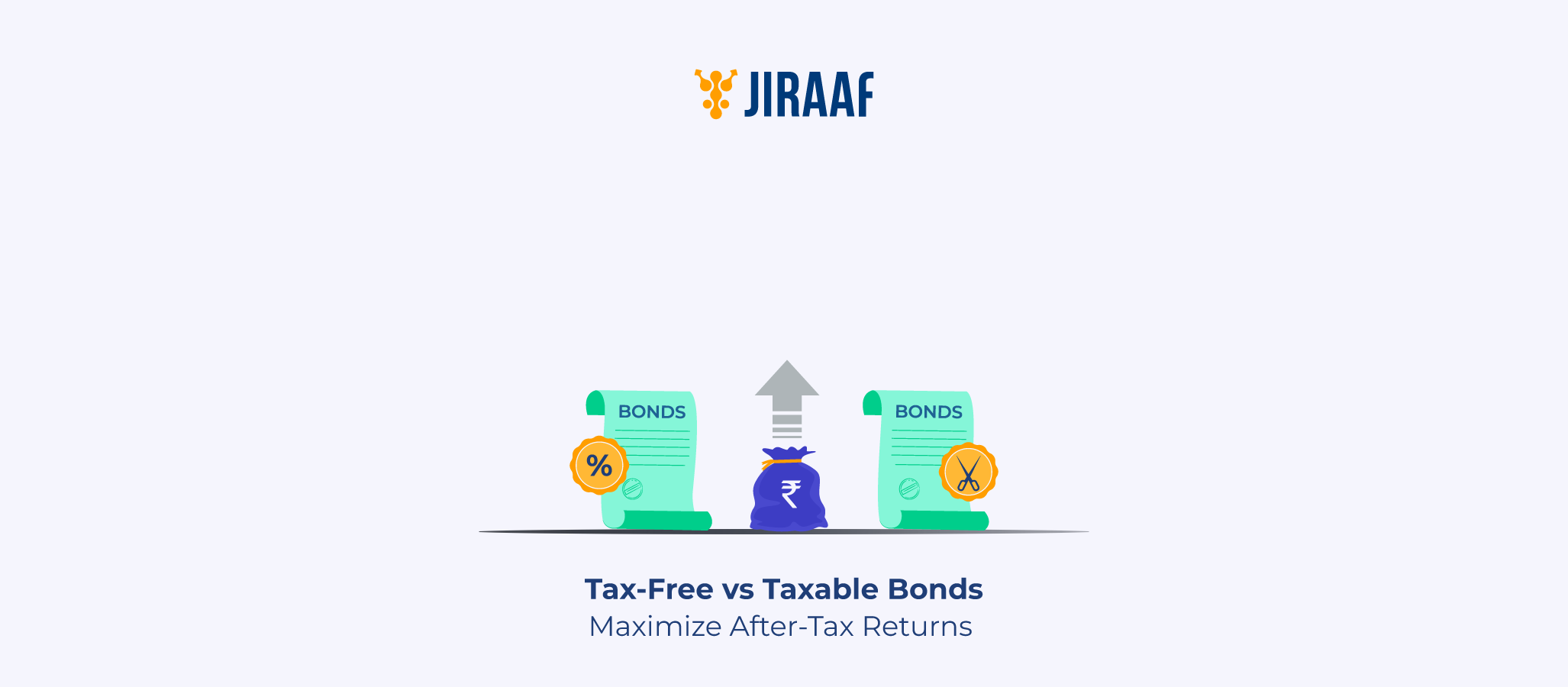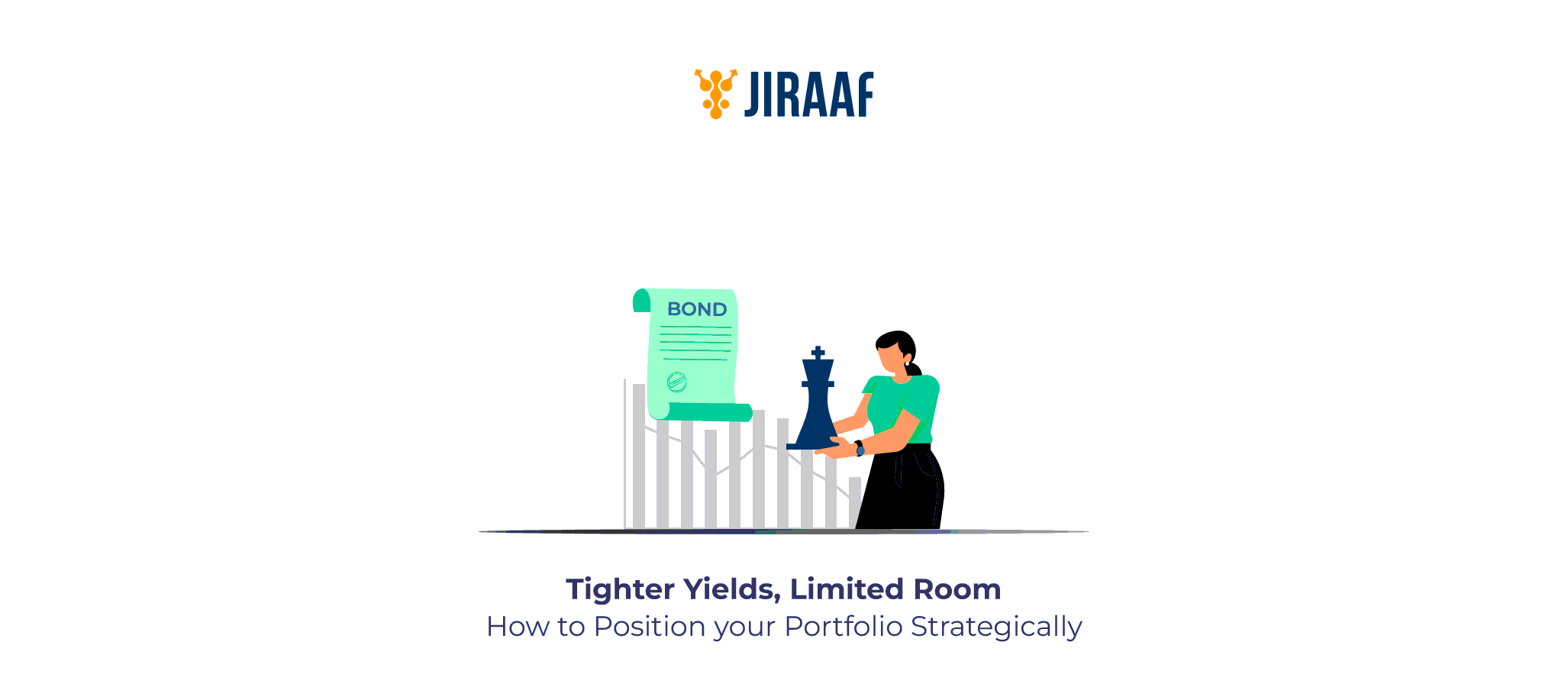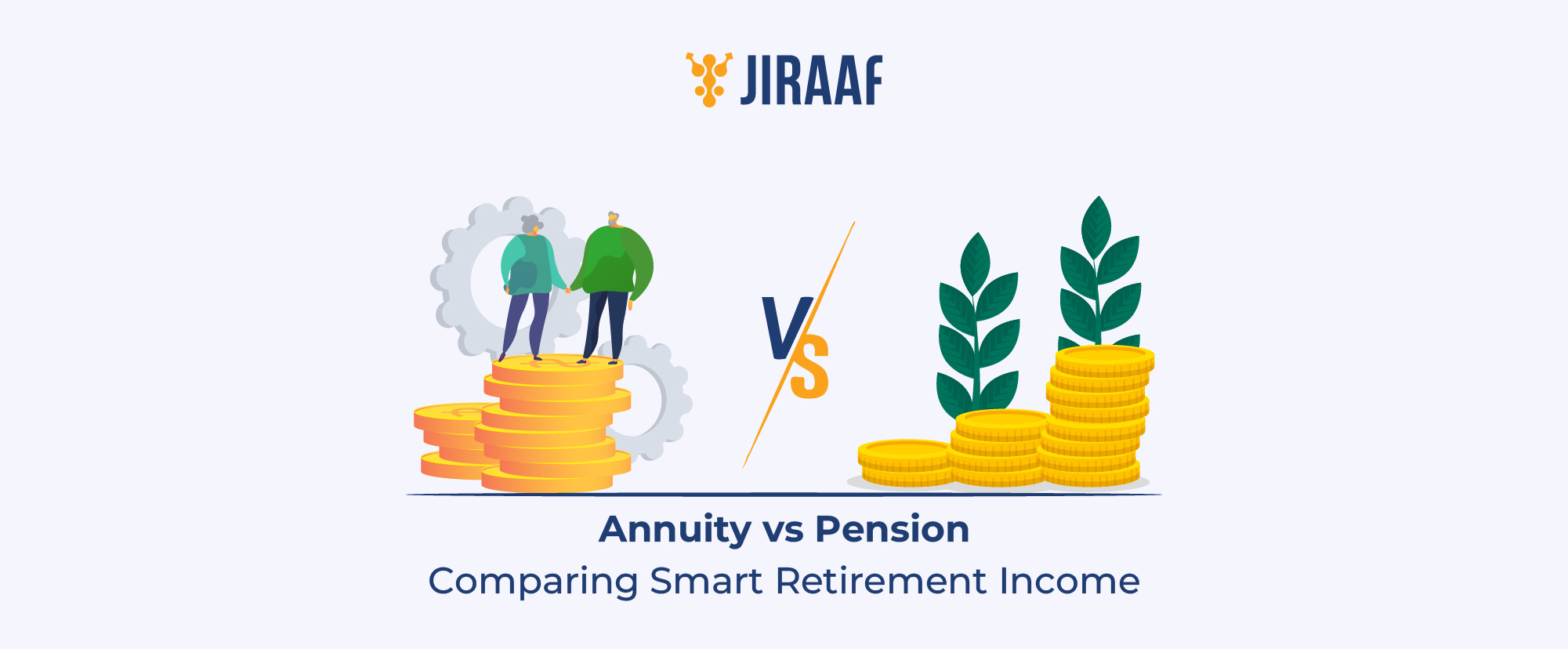When it comes to investing in bonds, many people assume that all bonds work the same way: you invest your money for a period, get it back after the preset duration is over, and earn some interest on it in the meantime. But the reality is a bit more nuanced than that. The returns you earn, the risks you take, and even how much liquidity you have, all depend (up to some level) on how long you choose to stay invested.
That is why it’s important to know the intricate differences between short- and long-term bonds. Both types serve different investor needs; while short-term bonds focus on stability, liquidity, and predictable returns for goals within 1–5 years, long-term bonds cater to investors seeking higher yields over 10 years or more.
In this blog, we will discuss what short and long-term bonds are, their differences, their risk and return profile, and much more. Let’s get started.
What are Short-term Bonds?
Short-term bonds are debt instruments that mature within a relatively brief period, typically between 1 to 3 years, and in some cases, up to 5 years. They are known for their high liquidity and lower risk compared to long-term bonds or equities. Due to their shorter duration, these bonds are less susceptible to market volatility and interest rate fluctuations.
Short-term bonds are primarily used by investors for meeting frequent liquidity needs, meeting near-term financial goals, and locking in attractive yields during periods of high interest rates.
The common types of short-term bonds include Treasury Bills (T-Bills), Commercial Papers (CPs), Certificates of Deposit (CDs), and corporate bonds with an investment tenure of 5 years or less.
Similarly, other high-yield short-term bonds, which fall within the credit ratings of A to BBB-, offer returns between 8% and 15% per annum.
What are Long-term Bonds?
Long-term bonds typically have a maturity period ranging from 10 to 40 years. They offer higher returns to compensate investors for the greater interest rate risk associated with holding them over an extended period. Investors mainly use these bonds for retirement and wealth creation purposes.
The most common types of long-term bonds include those issued by governments and corporates. Long-term bonds, especially those issued by private corporations, can offer returns ranging from 8% to 15%.
Note: It is generally advised to invest in high-rated long-term bonds (AAA to BBB-), as these are considered investment-grade and relatively safer compared to bonds rated BB and below.
Key Differences Between Short-Term vs Long-Term Bonds
| Feature | Short-Term Bonds | Long-Term Bonds |
| Investment Tenure | 1-3 years, sometimes up to 5 years | 10-40 years |
| Returns | 8-15% (investment-grade bonds) | 8-15% (investment-grade bonds) |
| Suitability | For meeting frequent liquidity needs and short-term financial goals | Retirement planning and long-term corpus creation |
| Volatility | Low volatility | Moderate to high volatility |
| Interest Rate Risk | Low sensitivity to interest rate changes | High sensitivity; long-term bond prices fluctuate significantly with rate movements |
| Inflation Risk | Lower risk due to shorter duration | Higher risk; purchasing power erosion over extended periods |
| Reinvestment Risk | Higher risk; investors have to make frequent reinvestments | Lower risk; returns locked in for longer period |
Tax Benefits of Short-Term vs Long-Term Bonds in India
The tax treatment of bonds in India depends largely on how long they are held. Knowing the difference between short-term and long-term capital gains can help investors plan more efficiently and maximize post-tax income.
Taxation on Short-Term Bonds
Interest earned from bonds is fully taxable and subject to TDS as per the investor’s income tax slab. If the bonds are sold before 12 months (in the case of listed bonds), the gains are treated as short-term capital gains (STCG) and taxed according to the investor’s applicable income tax slab rate.
Taxation on Long-Term Bonds
For listed bonds held for more than 12 months, the gains qualify as long-term capital gains (LTCG) and are taxed at a flat rate of 12.5% without indexation benefits, as per the July 2024 amendment.
While understanding taxation helps investors estimate their post-tax returns, it doesn’t tell the full story. The final decision of choosing between short-term and long-term bonds depends on factors such as financial goals and risk appetite. To make an informed investment choice, investors must assess which type suits their situation the best.
Conclusion: Which Type of Bonds Should Investors Choose?
The ideal choice between short-term and long-term bonds depends on the financial goals of the individual investor and the interest rate environment in the market. For example, when interest rates are high or expected to rise, short-term bonds become more attractive. They let investors reinvest sooner at better rates, maintain liquidity, and reduce the risk of capital loss from sudden rate hikes.
Conversely, when interest rates are expected to fall, long-term bonds offer a compelling opportunity. By locking in higher yields before rates decline, investors can enjoy steady income and potential capital gains as bond prices rise.
FAQs About Short-term vs Long-term Bonds
Short-term bonds mature within 1–5 years and offer stability and liquidity, while long-term bonds have a maturity of 10–40 years and provide higher returns but come with greater interest rate sensitivity.
Long-term bonds generally offer higher yields to compensate for the increased interest rate and inflation risks compared to short-term bonds.
Yes, long-term bonds are more exposed to interest rate fluctuations, making their prices more volatile than short-term bonds.
Listed long-term bonds held for over 12 months are taxed at a flat 12.5% under LTCG, as per the July 2024 amendment, without indexation benefits.
Yes, senior citizens can invest in both. Short-term bonds suit regular income and liquidity needs, while long-term bonds help preserve wealth and earn stable returns.









